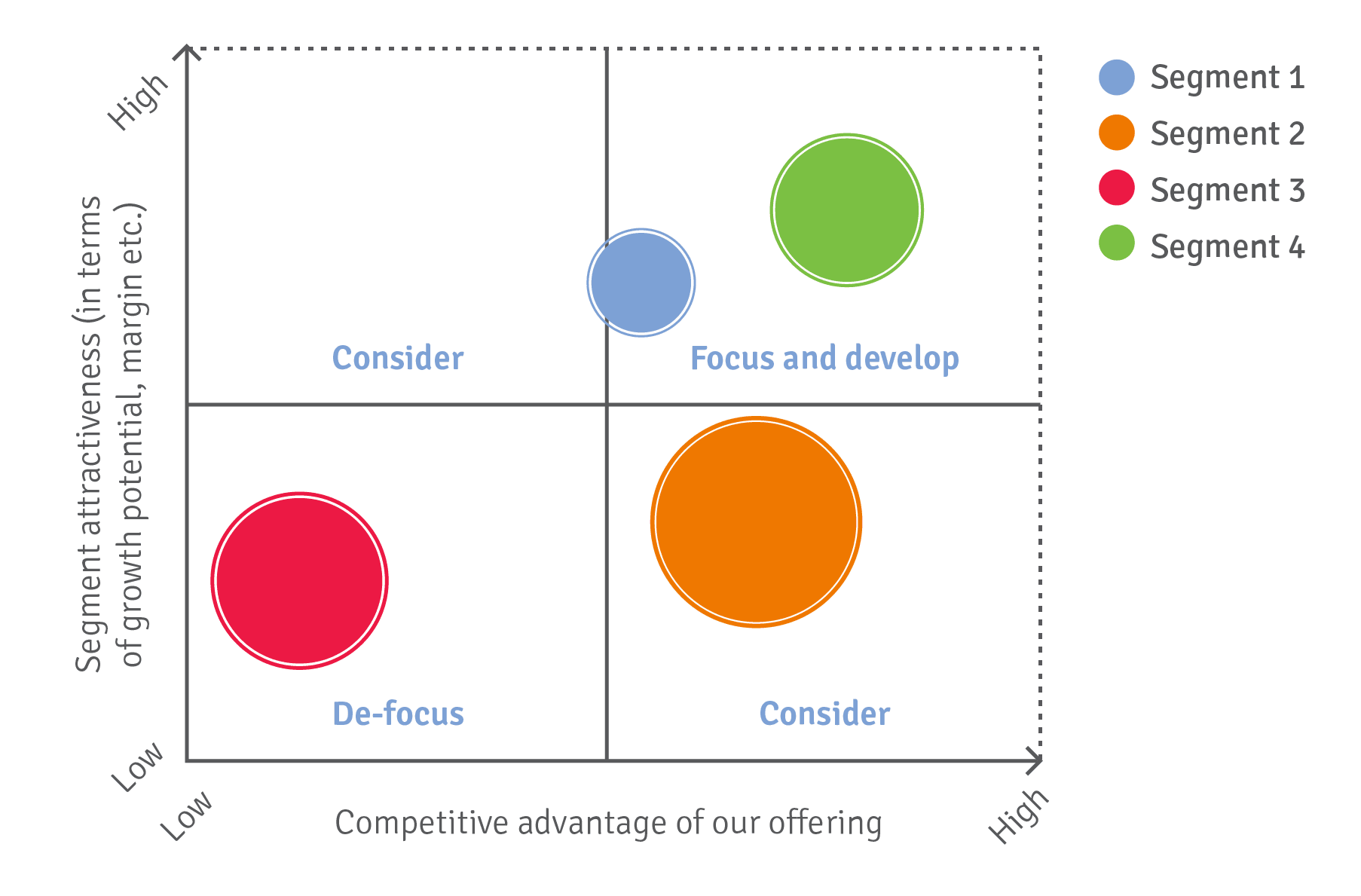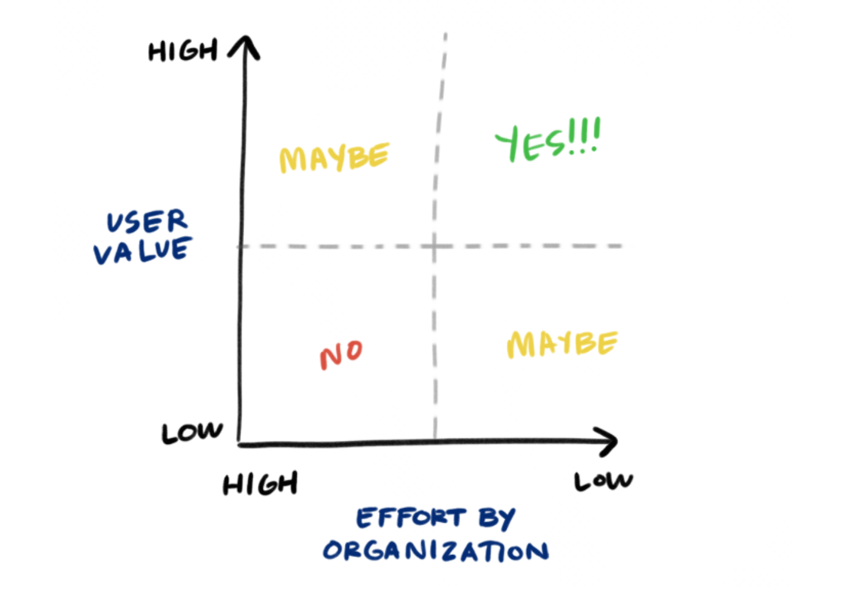If you're reading this, chances are you're as passionate about the transformative potential of Web3 as we are. But let's be real: building and scaling a successful Web3 project is no walk in the park. It takes grit, creativity, and a whole lot of trial and error to navigate this fast-moving, often chaotic landscape.
That's where this playbook comes in. Over the past few years, our team has had the privilege of working with some of the most innovative and ambitious Web3 projects out there, helping them find their footing and connect with their most valuable users. Along the way, we've learned a thing or two about what works (and what doesn't) when it comes to Web3 audience targeting. We've seen firsthand how the right targeting strategy can be the difference between a project that rockets to the moon and one that fizzles out on the launchpad. And now, we want to share those hard-won insights with you.

What Makes Web3 Audience Targeting Unique?
Before we dive into the nuts and bolts of our targeting framework, let's take a step back and examine what sets Web3 audience targeting apart from traditional digital marketing:
Decentralization: In the absence of central authorities and gatekeepers, Web3 users are scattered across a fragmented landscape of platforms, communities, and networks. Reaching them requires a multi-pronged approach that uses both on-chain and off-chain touchpoints.
Pseudonymity: With users often represented by pseudonymous wallet addresses rather than real-world identities, Web3 targeting must go beyond surface-level demographics to uncover deeper motivations, behaviors, and affinities.
Community-Driven Adoption: In Web3, adoption is often driven bottom-up by passionate communities rather than top-down by centralized entities. Engaging these communities authentically and adding value to their conversations is key to winning hearts and minds.
Rapid Evolution: The Web3 landscape is evolving at breakneck speed, with new platforms, technologies, and cultural trends emerging daily. Effective targeting requires a finger on the pulse of this change and the agility to adapt on the fly.
By understanding and embracing these unique characteristics, you can craft a Web3 audience targeting strategy that's fit for purpose and primed for impact.
The Web3 Audience Segmentation Framework

At the heart of our approach is a proprietary framework for identifying and prioritizing Web3 audience segments based on four key dimensions:
- Crypto Savviness: The level of familiarity and comfort with Web3 concepts and technologies, from novice to advanced
- Motivation: The underlying drivers of Web3 adoption, such as financial gain, ideology, creativity, and social status
- Influence: The ability to drive viral adoption and shape community sentiment, from passive observers to key opinion leaders
- Engagement: The level and type of interaction with Web3 platforms, from lurkers to active contributors and evangelists
By mapping your target users across these dimensions, you can surface valuable insights into their needs, preferences, and behaviors, and tailor your targeting and messaging accordingly.
For example, a segment of highly influential, financially motivated advanced users might be receptive to exclusive token incentives and thought leadership content, while a segment of creative, community-oriented novice users might respond better to accessible educational resources and gamified onboarding experiences.
| Segment | Crypto Savviness | Motivation | Influence | Engagement |
|---|---|---|---|---|
| Whales | Advanced | Financial | High | High |
| Builders | Advanced | Creative | Medium | High |
| Pundits | Intermediate | Ideology | High | Medium |
| Normies | Novice | Social | Low | Low |
Case Study: Targeting for Token Launch Success
To illustrate the power of our targeting framework in action, let's walk through a recent client engagement where we helped a DeFi protocol pinpoint and engage their most valuable users in the lead-up to their token launch.
Step 1: Audience Research and Segmentation
We started by conducting extensive audience research, using a combination of on-chain data analysis, social listening, and user interviews to map the protocol's existing and potential users to our targeting framework.
Through this process, we identified three priority segments:
- DeFi Power Users: Advanced users motivated by financial gain, with high influence and engagement in DeFi communities
- Yield Farmers: Intermediate users motivated by financial gain, with medium influence and high engagement across multiple protocols
- Web3 Curious: Novice users motivated by social status and learning, with low influence but medium engagement in broader Web3 communities
Step 2: Tailored Content and Channels
Armed with this segmentation, we crafted tailored content and distribution strategies to engage each priority segment:
For the DeFi Power Users, we created a series of in-depth thought leadership articles and video interviews with prominent DeFi influencers, positioning the protocol as a cutting-edge solution for sophisticated users. We distributed this content through targeted outreach to key opinion leaders and niche DeFi media outlets.
For the Yield Farmers, we developed a series of tactical guides and calculators to help them optimize their returns across different yield farming strategies, and partnered with popular yield aggregators to distribute this content directly in-app.
For the Web3 Curious, we created an engaging, gamified onboarding experience that rewarded users for completing educational quests and interacting with the protocol, and tapped into social media advertising and influencer partnerships to drive awareness and adoption among mainstream audiences.
Step 3: Measurement and Optimization
Throughout the campaign, we closely monitored on-chain and off-chain metrics to track the effectiveness of our targeting and optimize in real-time. By continuously refining our segmentation and messaging based on user feedback and behavior, we were able to drive significant growth and engagement heading into the token launch:
- 10,000+ new users onboarded, with 60% retention rate after 30 days
- 2x increase in trading volume and TVL in the month leading up to launch
- 30% of token supply distributed to priority user segments via targeted airdrops and incentives
| Metric | Before Campaign | After Campaign | Change |
|---|---|---|---|
| Daily Active Users | 5,000 | 25,000 | +400% |
| Avg. User Engagement | 10 min/day | 30 min/day | +200% |
| Token Holders | 1,000 | 10,000 | +900% |
| Trading Volume | $100,000/day | $1,000,000/day | +900% |
By taking a rigorous, data-driven approach to audience targeting, we were able to help the protocol cut through the noise and connect with its most valuable users at a critical inflection point.
Targeting Dimensions in Depth

Now that we've seen our framework in action, let's dive deeper into each of the targeting dimensions and explore some tactical considerations and best practices for each.
Crypto Savviness
Understanding a user's level of familiarity and comfort with Web3 concepts and technologies is critical for tailoring onboarding experiences, product messaging, and support. Some key considerations:
Novice Users: Focus on simplifying Web3 jargon, creating intuitive user interfaces, and providing educational resources to help them get up to speed. Emphasize the benefits and utility of your solution rather than the underlying technical complexity.
Intermediate Users: Balance accessibility with specificity, providing more advanced resources and tools while still meeting users where they are. Focus on highlighting your solution's key differentiators and comparative advantages.
Advanced Users: Engage them with highly technical content, granular customization options, and opportunities to contribute and co-create. Tap into their expertise and thought leadership to drive product innovation and ecosystem growth.
Motivation
Web3 users come to the space with a wide range of motivations and goals, from financial gain to creative expression to social status. Understanding and catering to these diverse motivations is key to driving adoption and engagement. Some common motivations to consider:
Financial Gain: Users motivated by financial gain are often looking for opportunities to earn yield, trade assets, and participate in token economies. Focus on highlighting your solution's economic benefits, risk-reward profile, and competitive advantages.
Ideology: Users motivated by ideology are often drawn to Web3's promise of decentralization, transparency, and user ownership. Emphasize how your solution aligns with and advances these core Web3 values and principles.
Creativity: Users motivated by creativity are often looking for ways to express themselves and build new things in Web3. Focus on providing tools and platforms for user-generated content, customization, and co-creation.
Social Status: Users motivated by social status are often drawn to Web3's culture of community and belonging. Emphasize opportunities for users to connect with like-minded individuals, contribute to a shared mission, and earn social capital and recognition.
Influence
In the decentralized, community-driven world of Web3, influence often accrues to users who are highly engaged and respected within their networks, rather than traditional centralised gatekeepers. Identifying and engaging these influential users can be a powerful way to drive viral adoption and shape community sentiment. Some key types of influential users to consider:
Key Opinion Leaders: Established experts and thought leaders who have a large following and are respected for their knowledge and insights. Focus on building relationships and collaborating on content that showcases their expertise.
Content Creators: Users who consistently produce high-quality, engaging content that resonates with their audience. Partner with them to create and distribute branded content and product tutorials.
Community Champions: Users who are highly active and engaged within specific communities and networks. Engage them as beta testers, source their feedback and ideas, and empower them to become advocates for your brand.
Engagement
Tracking and segmenting users based on their level and type of engagement can help you identify your most valuable users and tailor your retention and monetization strategies accordingly. Some key engagement metrics and archetypes to consider:
Active Users: Users who consistently engage with your platform on a daily or weekly basis. Focus on providing them with fresh content, challenges, and rewards to keep them coming back.
High-Value Users: Users who generate a disproportionate share of revenue or value for your platform, such as whales, power users, or influencers. Develop targeted retention and loyalty programs to keep them engaged and incentivized.
Lurkers: Users who consume content but rarely contribute or interact. Focus on providing them with low-friction ways to participate and gradually deepen their engagement over time.
Evangelists: Users who proactively promote and advocate for your brand within their networks. Recognize and reward their contributions, and empower them with exclusive access, perks, and status.
By developing a nuanced understanding of user engagement patterns and archetypes, you can create targeted experiences that meet users where they are and guide them towards deeper adoption and loyalty.

Best Practices for Web3 Audience Targeting
| Best Practice | Description | Key Considerations |
|---|---|---|
| Align with Product-Market Fit | Ensure targeting strategy aligns with product vision and roadmap. | Validate product-market fit with target users and gather feedback continuously. |
| Create Seamless Onboarding | Develop intuitive, frictionless onboarding experiences tailored to each user segment. | Minimize barriers to entry and provide clear paths for progression and engagement. |
| Leverage Web3 Native Mechanisms | Utilize token incentives, NFTs, and DAOs to create targeted engagement loops. | Align incentives with user motivations and platform goals, and experiment with new mechanisms as they emerge. |
| Build Trust and Credibility | Foster transparency, accountability, and consistency in messaging and execution. | Communicate regularly with users, deliver on promises, and address concerns promptly and honestly. |
As you implement our targeting framework and tactics, here are some best practices to keep in mind:
Align with Product-Market Fit
Your targeting strategy should be closely aligned with your product vision and roadmap, ensuring that you're attracting users who are a strong fit for your solution and can provide meaningful feedback and engagement.
Create Seamless Onboarding
Invest in creating intuitive, frictionless onboarding experiences that cater to each user segment's needs and preferences, from guided walkthroughs to gamified challenges.
Use Web3 Native Mechanisms
Tap into the unique mechanisms of Web3, such as token incentives, NFTs, and DAOs, to create targeted engagement loops and align user incentives with your goals.
Build Trust and Credibility
In an ecosystem rife with scams and hype, building trust and credibility with your target users is paramount. Be transparent about your team, roadmap, and challenges, and consistently deliver on your promises.
Embrace Experimentation and Iteration
The Web3 landscape is constantly evolving, and your targeting strategy must evolve with it. Embrace a culture of rapid experimentation, measurement, and iteration, and be willing to pivot based on user feedback and changing market conditions.

In the wild west of Web3, precise audience targeting is both an art and a science. By embracing a rigorous, data-driven approach, grounded in a deep understanding of the unique dynamics and motivations of Web3 users, you can cut through the noise and build lasting connections with your ideal customers.
The path to Web3 adoption and growth is not a straight line, but a winding journey filled with obstacles and opportunities. By following the strategies and tactics outlined in this playbook, you'll be well-equipped to navigate this journey with confidence and agility, and emerge as a leader in your space.
So what are you waiting for? It's time to put these insights into action and start building your Web3 audience today. Your ideal users are out there, waiting to be found and engaged. Go forth and conquer!
FAQ
Q1: What is Web3 audience targeting?
A1: Web3 audience targeting is the process of identifying, segmenting, and engaging specific groups of users within the decentralized, blockchain-based ecosystem of Web3.
Q2: How is Web3 audience targeting different from traditional digital marketing?
A2: Web3 audience targeting differs from traditional digital marketing in its focus on decentralized communities, pseudonymous identities, and token-based incentives, rather than centralized platforms and personal data.
Q3: What are the key dimensions of Web3 audience segmentation?
A3: The key dimensions of Web3 audience segmentation are crypto savviness, motivation, influence, and engagement, which together paint a comprehensive picture of user preferences and behaviors.
Q4: Why is Web3 audience targeting important for project success?
A4: Web3 audience targeting is crucial for project success because it enables teams to efficiently allocate resources, tailor their messaging and offerings, and build loyal, engaged communities around their products and services.
Q5: What are some common mistakes to avoid in Web3 audience targeting?
A5: Common mistakes to avoid in Web3 audience targeting include relying solely on broad demographic data, neglecting user feedback and sentiment, and failing to adapt to the rapidly evolving landscape and culture of Web3.
Q6: How can I identify and engage influential users in my target Web3 audience?
A6: To identify and engage influential users, focus on metrics such as social proof, community engagement, and thought leadership, and offer exclusive opportunities for collaboration, co-creation, and rewards.
Q7: What role do token incentives play in Web3 audience targeting?
A7: Token incentives are a powerful tool for aligning user behavior with project goals, fostering loyalty and engagement, and creating network effects that drive adoption and growth.
Q8: How can I measure the effectiveness of my Web3 audience targeting efforts?
A8: To measure the effectiveness of your Web3 audience targeting, track key metrics such as user acquisition, retention, engagement, and revenue, and use data-driven insights to continuously optimize your strategies and tactics.
Q9: What are some best practices for creating content that resonates with Web3 audiences?
A9: Best practices for creating resonant Web3 content include understanding the unique language and culture of your target communities, providing genuine value and utility, and leveraging interactive and participatory formats such as AMAs, challenges, and co-creation opportunities.
Q10: How can I stay up-to-date on the latest trends and best practices in Web3 audience targeting?
A10: To stay informed about the latest trends and best practices, participate actively in Web3 communities and events, follow thought leaders and influencers, and experiment with emerging tools and platforms to gain firsthand experience and insights.



